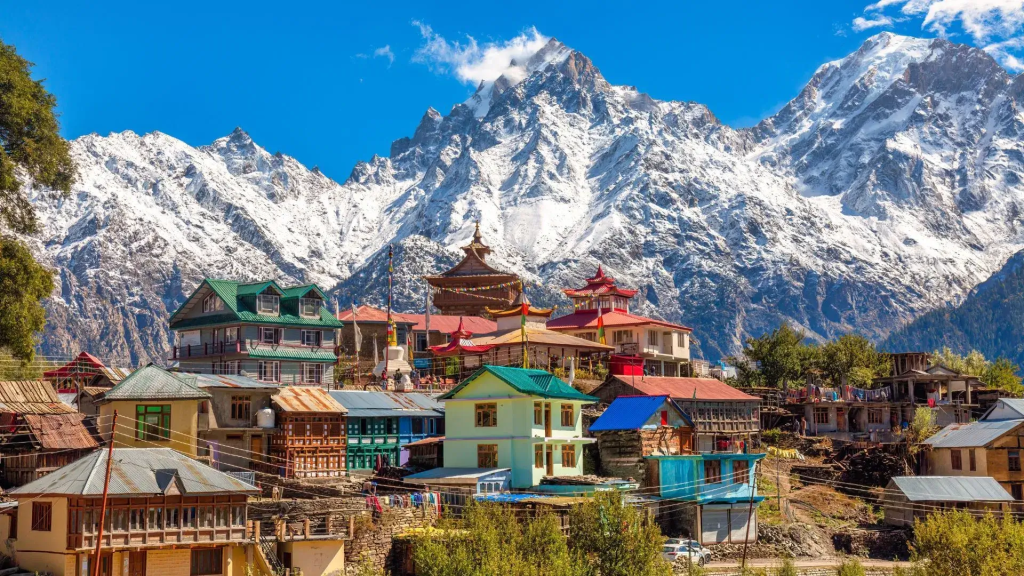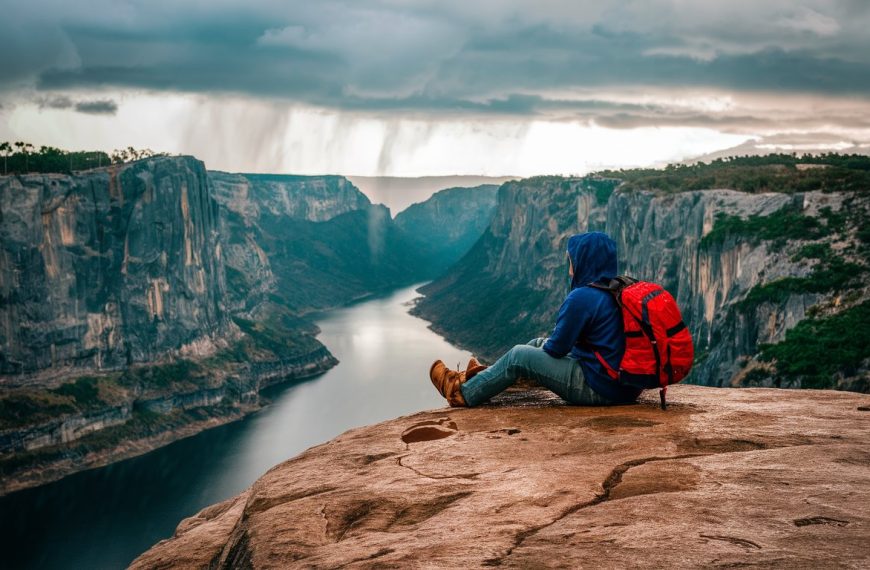Discovering the beauty and importance of eco-friendly travel

I felt shivers down my spine as the thunderous roar of a Bengal tiger reverberated through the foggy jungles of Jim Corbett National Park. I found myself in the center of the oldest national park in India, prepared for an experience that would alter my perspective of the wild areas of my homeland. Born and brought up in the Uttarakhand region I’ve always wanted to explore the National Forest but never got a chance so this time I set out of my comfort zone and sat on a safari through Uttarakhand’s lush sal forests and grasslands. All around there were big, old trees and tall grass, and I felt very small next to these huge trees that had been growing for hundreds of years. We stopped by a clear stream, and I realized how special this place was. This park helps keep many animals safe, like tigers and elephants, and started thinking about how I travel in India.
Throughout my stay in Corbett, I mixed thrilling wildlife sightings with learning opportunities. I peppered our guide with questions about the park’s history and conservation challenges. I paid close attention to how the park managed waste and controlled visitor numbers. I even started noticing the smaller wonders – the intricate patterns of a spider’s web, the vibrant flash of a paradise flycatcher’s tail. By the time I left Corbett, I felt transformed. I was still an adventurer at heart, but I was also a protector of India’s natural resources. Whether it was to the Western Ghats rainforest or the snow leopard areas of Ladakh, I was eager to plan my next journey. But this time, I would approach every journey with a renewed sense of respect and accountability.
That tiger’s roar didn’t just kick off my safari – it awakened me to a whole new way of experiencing India’s wild side.
The Himalayan Awakening: A Journey into India’s Wild Mountains

From the dark green forest, my journey led me to the towering Himalayas, I started my trip in a small village called Kasol. There, I met a guide named Ramesh. He showed me how to travel without hurting nature. Ramesh loved these mountains. He walked carefully like the land was alive and special. We hiked on old paths that shepherds used long ago. He told us stories about mountain spirits and how important it is to take care of this place. People of the Himalayas are very spiritual and worship the gods of the forest so that they protect them from any harm. We walked through green fields, by clear streams, and into thick forests full of bird sounds. At night, we stayed in special houses run by local families. These houses used the sun for power and collected rainwater.
As the sun set and the stars appeared each evening, I felt a deeper connection to the natural world. I came to realize that climbing mountains involves more than just reaching the summit; it’s about comprehending the interconnectedness of all-natural elements and working to ensure their preservation. This journey provided me with a fresh perspective on mountains. I witnessed examples of sustainable living practices that don’t harm the environment, motivating me to be more conscientious about my travel habits, not only in mountainous regions but everywhere.
Adopting Sustainable Practices

My visit to Jim Corbett National Park and the Himalayas showed me how local communities live in harmony with nature. The people’s strong bond with the forest astounded me. They showed me how they’ve learned to cohabit with animals, even large cats like tigers. Their conventional understanding of the ecology of forests and animal behavior was interesting. They taught me to recognize animal signs and to move quietly through the forest, respecting the animals’ space. Up in the Himalayas, I saw how mountain communities have adapted to the harsh environment. In one village, I stayed with a family who showed me their farming methods. They used terraced fields to grow crops on steep slopes and had a clever system to manage water. Their practices passed down for generations, helped them farm without damaging the fragile mountain ecosystem.
These experiences changed how I think about conservation. I realized that protecting nature isn’t just about setting aside land – it’s also about supporting the people who’ve been living there sustainably for centuries. When I go to natural areas, I aim to gain knowledge from the inhabitants and aid their efforts to live in an environmentally friendly manner. I realized that responsible travel involves making choices that help the environment and the local community. It was an amazing experience to go beyond being just a tourist and actively participate in conserving India’s breathtaking landscapes and cultural heritage.
I’ve learned that local communities have a lot to teach us about sustainable living. It’s not only about preserving the environment but also about honoring and assisting the people who have protected it for countless generations.
Building a Sustainable Travel Movement in India
After my trip around India, I feel hopeful about making travel better for nature. I visited so many lovely locations and want to make sure they remain that way. We all need to cooperate and adapt the way we travel to accomplish this. When we travel, we should use greater caution. This includes vacationing in eco-friendly hotels, participating in environmental activities, and being mindful of what we use and toss away. Travellers can contribute by utilizing less plastic, taking the bus or train rather than driving a car, and supporting environmentally conscious companies.

Teaching people about this is important. We need to tell both visitors and locals why it matters. Schools, communities, and tourism offices should work together to teach everyone, especially kids, about travelling in a way that’s good for nature. I think India could become a great example for other countries in how to travel. We can mix old ways of taking care of nature with new ideas. Local people who know the land well should help lead this change.
In the end, this is about loving and comprehending our magnificent land more deeply than it is about merely preserving nature. We can ensure that India’s breathtaking locations remain stunning for a very long time if we all do our part. Every traveller, community, and decision we make can contribute to the development of a future in which travel improves rather than degrades circumstances.













 By
By



